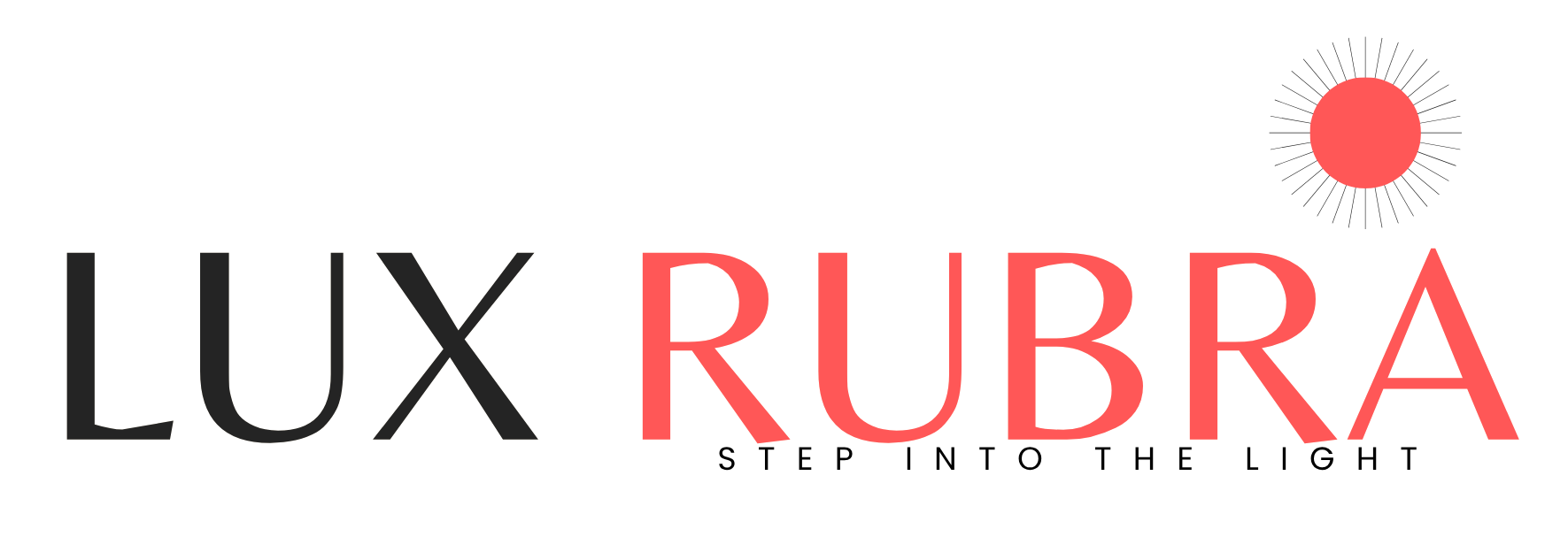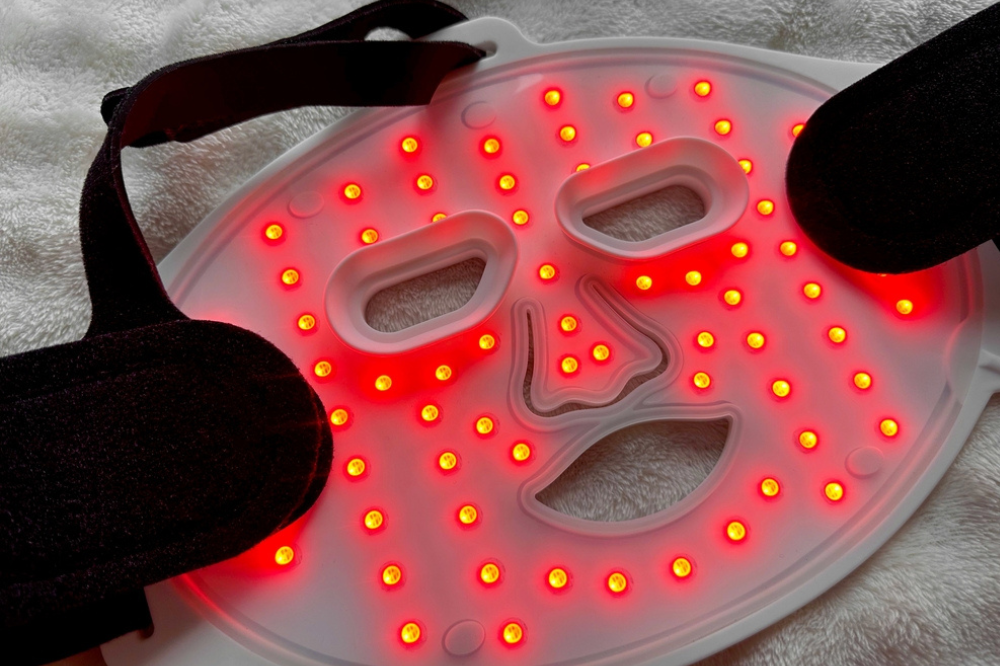Red light therapy is often talked about in the context of beauty, glowing skin, smoother lines, and clearer tone. And while those benefits are very real, they’re just the beginning. The real power of red and near-infrared light lies in its full-body impact.
1. Eases Joint & Muscle Discomfort
One of the most immediate and noticeable effects of red light therapy is pain relief. Whether it’s a stiff shoulder from working at a desk or sore legs after a workout, red and infrared light can help reduce inflammation and promote healing.
How it works: Near-infrared wavelengths (especially around 850nm) penetrate deep into muscle and joint tissue, stimulating blood flow and encouraging the body’s natural repair processes, all without heat, pressure, or medication.
2. Boosts Circulation
Healthy circulation isn’t just about heart health; it’s also key to feeling energised, recovering faster, and reducing swelling or heaviness in the limbs. Red light therapy helps widen blood vessels and improve oxygen delivery to tissues, giving your body the boost it needs to feel better, faster.
Bonus: It’s passive. You don’t need to stretch or move. Just switch the device on and let the light do the work.
3. Speeds Up Recovery After Exercise or Injury
Strained muscles, tight backs, or post-workout soreness? Red light therapy has become a go-to for athletes and fitness lovers for a reason. It helps reduce DOMS (delayed-onset muscle soreness), improves muscle repair, and supports faster tissue regeneration.
Useful tip: Apply light to sore areas within a few hours of exercise or physical activity to prevent inflammation and speed up recovery.
4. Supports Mental Clarity & Mood
It may sound surprising, but regular use of red light therapy can positively impact how you feel. Mitochondria, the energy centres in your cells, play a role in mental energy and mood regulation. When these cells are energised by red and near-infrared light, many users report feeling more clear-headed and emotionally balanced.
Some research even links red light exposure to reduced symptoms of anxiety and fatigue. And while it's not a cure-all, it can be a useful part of a broader self-care routine.
5. Improves Sleep Quality
Yes, using light can actually help you sleep better.
Red and infrared light help regulate melatonin production, your body’s natural sleep hormone. Unlike blue light (from screens), which disrupts your sleep cycle, red light is melatonin-friendly and supports your circadian rhythm, especially when used in the evening.
Even 10–15 minutes before bed can help signal your body that it’s time to wind down.




Leave a comment
This site is protected by hCaptcha and the hCaptcha Privacy Policy and Terms of Service apply.